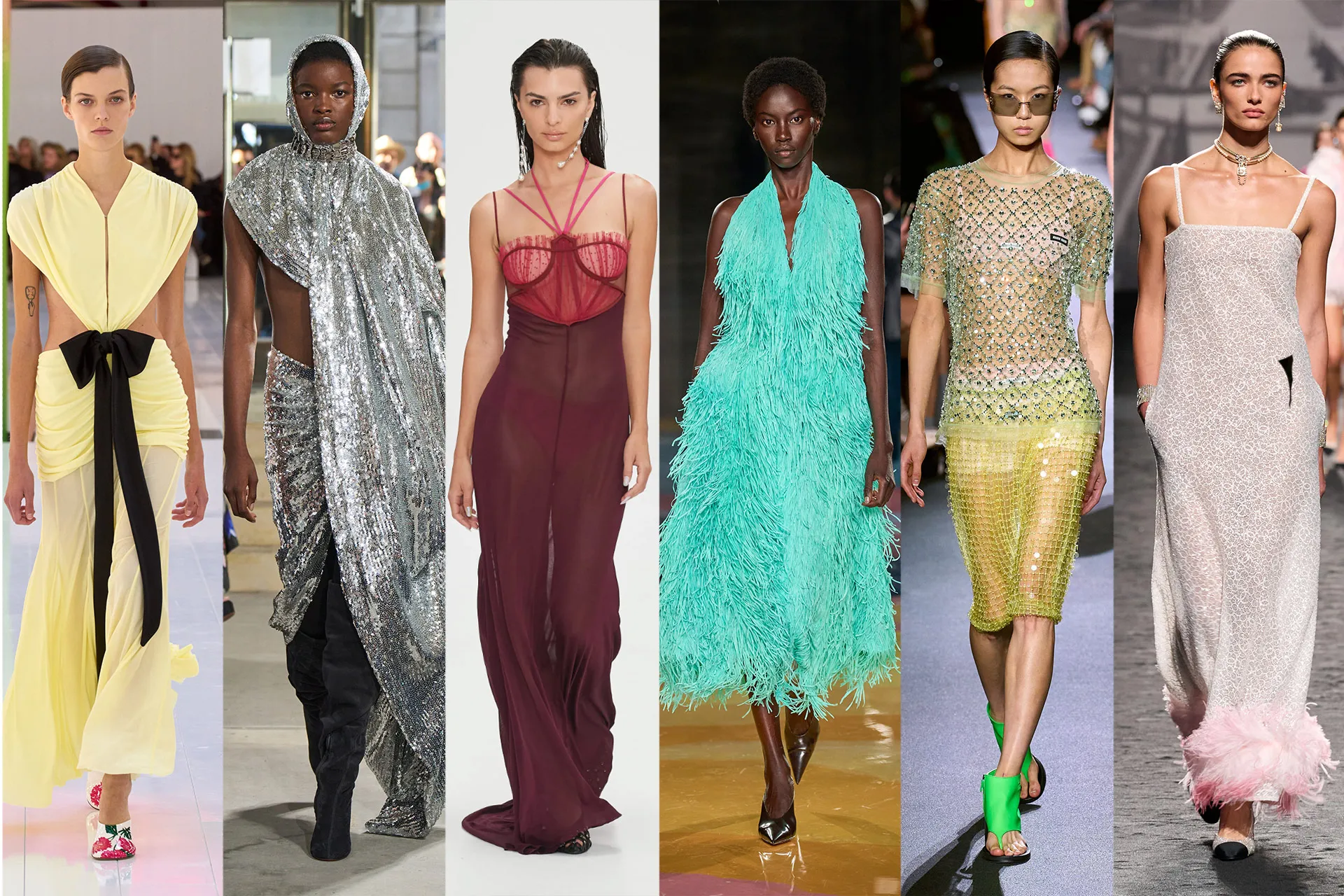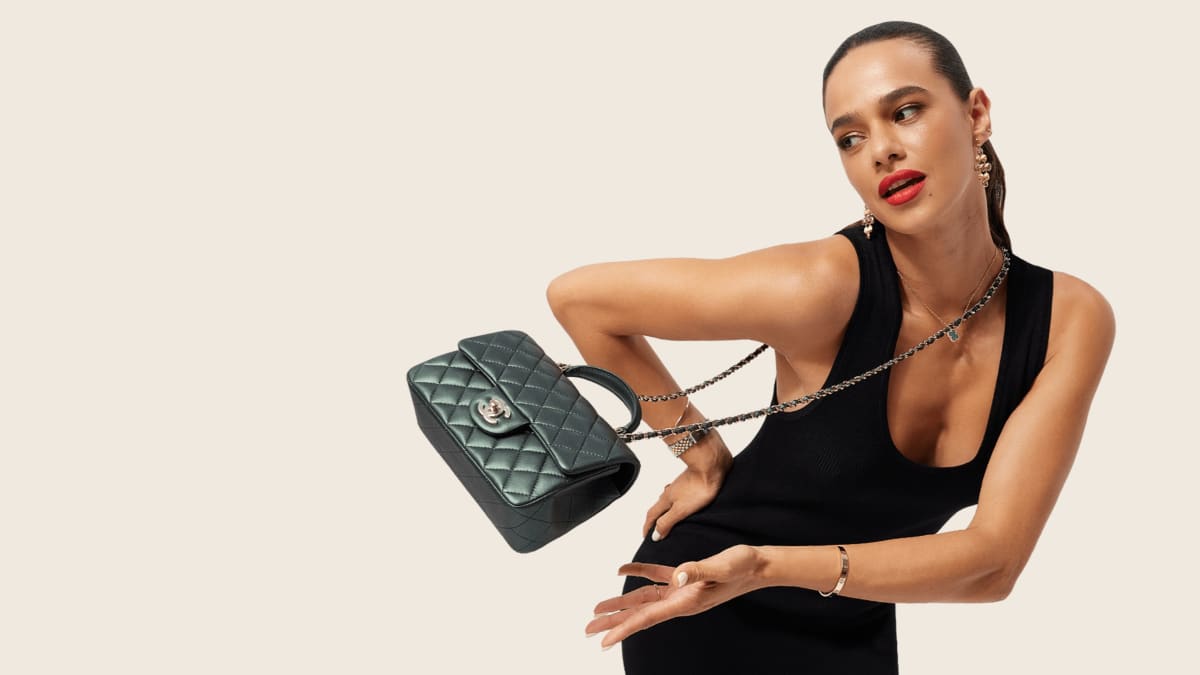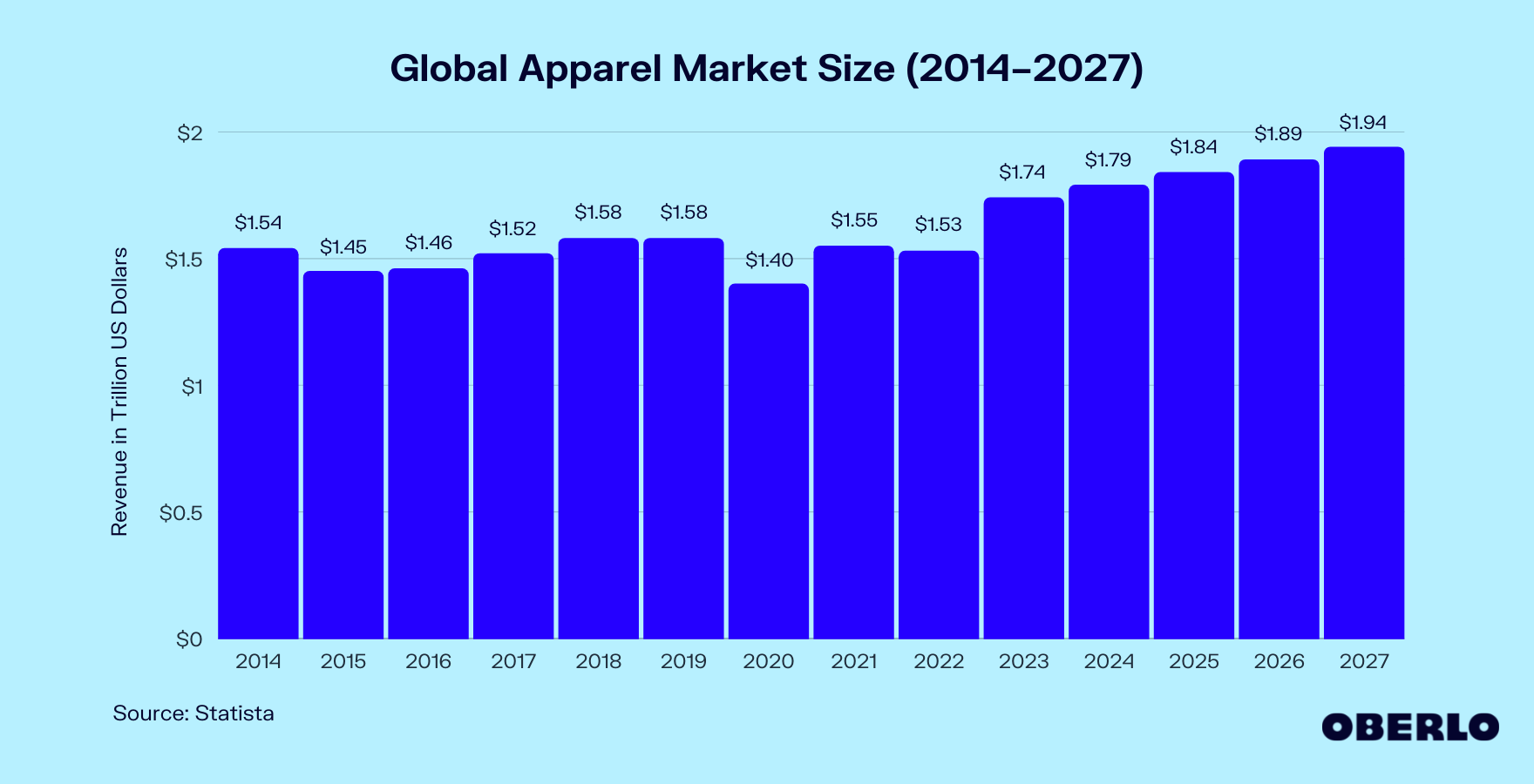Fashion Industry Trends 2023: Crafting a New Fashion Revolution
Fashion is a constantly changing industry, with new trends always emerging. Keeping up with these trends is essential for those in the fashion industry, whether fashion designers, retailers, or consumers. This article will explore some of the major fashion industry trends currently making waves and discuss how they may change how we view fashion in the coming months and years.
Fashion Industry Trends 2023

As the fashion industry evolves, new trends emerge every year. By 2023, the fashion industry will likely have experienced a wave of changes in technology, sustainability, and consumer behavior. Fashion retailers must be prepared for these upcoming trends to stay ahead of the curve.
One key trend to look out for is increased availability and use of technology in clothing production and retailing. As technological advancements become more accessible, 3D printing could be used to create customized pieces with unique designs. Additionally, artificial intelligence may be implemented to personalize customer experiences based on their preferences or browsing behavior.
Another major trend coming up is sustainability, as shoppers become increasingly conscious about how their purchases impact the environment. We look at some of the most popular topics in consumer discussions relating to the fashion industry.
Read More: The 10 Most-Liked Instagram Posts of All Time: Check Out These Record Breaking Likes!
Trend #1: The Impact Of K-Pop On Fashion Continues
The popularity of K-pop has exploded over the past decade, with artists such as Psy (remember the Gangnam Style song?) and Jungkook and BTS, GOT7, Exo, and many others entering mainstream Western culture first. These artists brought their fashion and cultural sensibilities to the world, influencing all industries, including the fashion industry.
“Paris Fashion Week,” “Blackpink,” “Lisa,” “fashion show,” and “Céline,” whose global brand ambassador is Blackpink’s Lisa, were among the fashion-related keywords found in the topic cloud representing consumer conversations.
Read More: Fashion Forward: The Latest Trends Shaping the Industry
Trend No. 2: Sustainability In Fashion Is Here To Stay.

In 2022, there were nearly 53 million online mentions of sustainability and fashion. Using Google Trends and Consumer Research, we analyzed the past five years. Since 2017, the number of Google searches and consumer mentions relating to sustainability and fashion has increased steadily. If the upward trend continues, sustainability and ethical manner will be more important than ever by 2023.
After examining social media posts more closely, we found “slow fashion” and “sustainably made” to be popular conversation topics.
Read More: World trends in the fashion industry
What Exactly Is Slow Fashion?
As its name suggests, slow fashion is the antithesis of fast fashion and falls under the sustainability umbrella. Slow fashion is an approach that encourages consumers to purchase fewer, higher-quality items that adhere to specific ethical standards, such as organically grown textiles, no animal testing, ethical manufacturing, and fair working conditions.
To better comprehend the sentiment underlying consumer conversations about slow fashion, we dug deeper with Brandwatch’s Topic Cluster and customized the chart to emphasize keyword groups and associated adjectives.
Notice how “fast” is associated with “cheapest,” “irresponsible,” and “consumption” of clothing. On the other hand, keywords such as “recycled,” “outstanding,” “versatile,” “conscious,” and “ambiguous,” connected to “people” and “movement,” demonstrate that slow fashion is an online-positive movement.
Read More: How to Grow Your Instagram Organically
Trend #3: Reducing shopping-related anxiety

Many of us have been working from home for several years at this point, which has affected how we dress for work and leisure. Moreover, shoppers today are confronted with an overwhelming amount of information and options, whether clothing options or retailers. Shopping anxiety is a natural phenomenon. This, coupled with rising environmental concerns, has caused many consumers to reconsider their wardrobes.
Read More: Ibomma Website: Explore the World of Movies with Ibomma
Trend #4: Fluidity In Retail And Fashion
Changing consumer attitudes toward gender identity and expression have compelled designers, brands, and retailers to reevaluate their products, how they market them, and the future of the shopping experience.
In recent years, we have witnessed the return of boyfriend jeans and cargo pants and examples of the fashion industry embracing diversity and collaborating with models from various backgrounds.
Importantly, celebrities are embracing fashion that blurs gender lines. Harry Styles launched a gender-neutral beauty line in 2021. And Maluma has just debuted his first fashion collection with Macy’s.
Read More: 10 Incredible BTS Facts and Statistics: Why Is BTS So Popular?
Trend #5: New Retail Category: Recommerce Or Resale-As-A-Service

According to Statista, the global value of the secondhand and resale apparel market was estimated to be $96 billion in 2021 and is projected to reach $218 billion in 2026.
Trend #6: Increasing repair services
Repairing items rather than discarding them is gaining popularity among fashion brands. Bottega Veneta recently announced that it would offer all customers a lifetime warranty on all handbags. Depending on the item and type of repair, Louis Vuitton will also repair your bag for a fee.
The expansion into repair services is the driving force behind sustainability. The fashion industry is becoming more conscious of its impact on the environment, and repairs are a cost-effective way to extend the life of clothing.
Brands such as Patagonia and Arc’teryx and fast fashion retailers such as Zara and Uniqlo have opened repair centers. Repair-focused startups such as The Restory have raised millions of dollars to date, as interest in sustainable fashion and resale drives demand to extend the life of garments.
Read More: The Ephemeral Era: How Social Media Stories are Reshaping the Online Landscape
E-commerce Fashion Statistics

According to Statista, the compound annual growth rate (CAGR) of the e-commerce fashion industry is projected to reach 14.2% between 2017 and 2025, reaching a valuation of $1 trillion by 2024.
In the United States alone, apparel, footwear, and accessories sales have reached $204.9 billion. This year, it is anticipated that consumers will spend $204.9 billion on fashion items online, a 13% increase from last year.
Four extraordinary opportunities drive this expansion:
- Developing international markets outside the West
- Increasing online accessibility and smartphone usage
- Emerging global middle classes with discretionary income
- Utilizing the effectiveness of celebrity and influencer culture
Read More: The Most Influential YouTube Channels of All Time: Find Everything You Want to Know!
Final Words
In conclusion, the fashion industry is continuously evolving and adapting to the needs of contemporary consumers. The year 2023 promises growth and innovation, and businesses that capitalize on the most recent technological and environmental trends will have an advantage over their competitors. Additionally, fashion companies must be adaptable as customer demand fluctuates rapidly. Success in the fashion industry in 2023 will ultimately be determined by those who can move quickly and deftly to stay ahead of the competition.

